Digital modeling of the business architecture of "Central Project and Technology Institute" JSC using SILA Union software
Customer
JSC "Central Project and Technology Institute" (JSC "CPTI", Institute), was created as a result of the restructuring of the design and engineering divisions of companies under the management of the Fuel Company JSC "TVEL" in 2011. The main activities of JSC "CPTI" are:
Design and construction of structures, complexes of installations with nuclear materials intended for the production, processing, transportation of nuclear fuel and nuclear materials; Design and manufacture of equipment for nuclear power plants (nuclear power plant units); Design of nuclear research facilities intended exclusively for the creation of nuclear weapons and nuclear power plants for military purposes.Project Description
Creation of a digital twin of JSC CPTI in SILA Union software (using the example of a pilot process):
Analysis of activities in subject areas in the main areas of business architecture of the Institute; Modeling in “AS-IS” status; Analysis of bottlenecks and development of recommendations for improvement; Modeling in “TO-BE” status; Planning work on changes and transition to the target state.The implementation of the project was caused by the following prerequisites:
The need to improve the efficiency of business process management of the Institute; The need to create a unified information environment for digital process mapping; Increasing the reliability of data when monitoring activities based on key indicators; Implementation of risk management tools.Goals and tasks of the project
Project goal: implementation of a pilot project to comprehensively describe and improve the “Design” process.
Project objectives:
Conduct an analysis of the current regulatory documents of the process and the current state of the organization and performance of activities within the process; Develop process models “as is” up to the 3rd level (performer of functions): model of the process environment (goal, owner, inputs/outputs, documents, risks, indicators); model of constituent subprocesses; dative models of subprocess execution; Develop models of documents, risks and process assessment indicators; Create process regulations; Analyze the sequence and duration of functions, the interaction of performers within the process; Develop proposals to improve the process, to make changes to the standards and job descriptions of process performers; Agree on process changes/improvements and formulate a plan for transition to the target state of the process (“as it should be”).Project implementation
Based on SILA Union software, business architecture modeling was carried out in the following subject areas:
Strategy (including plan of actions for strategic initiatives)The strategy is described in the form of a decomposition by areas of activity, highlighting objectives and a plan of actions for achieving objectives.
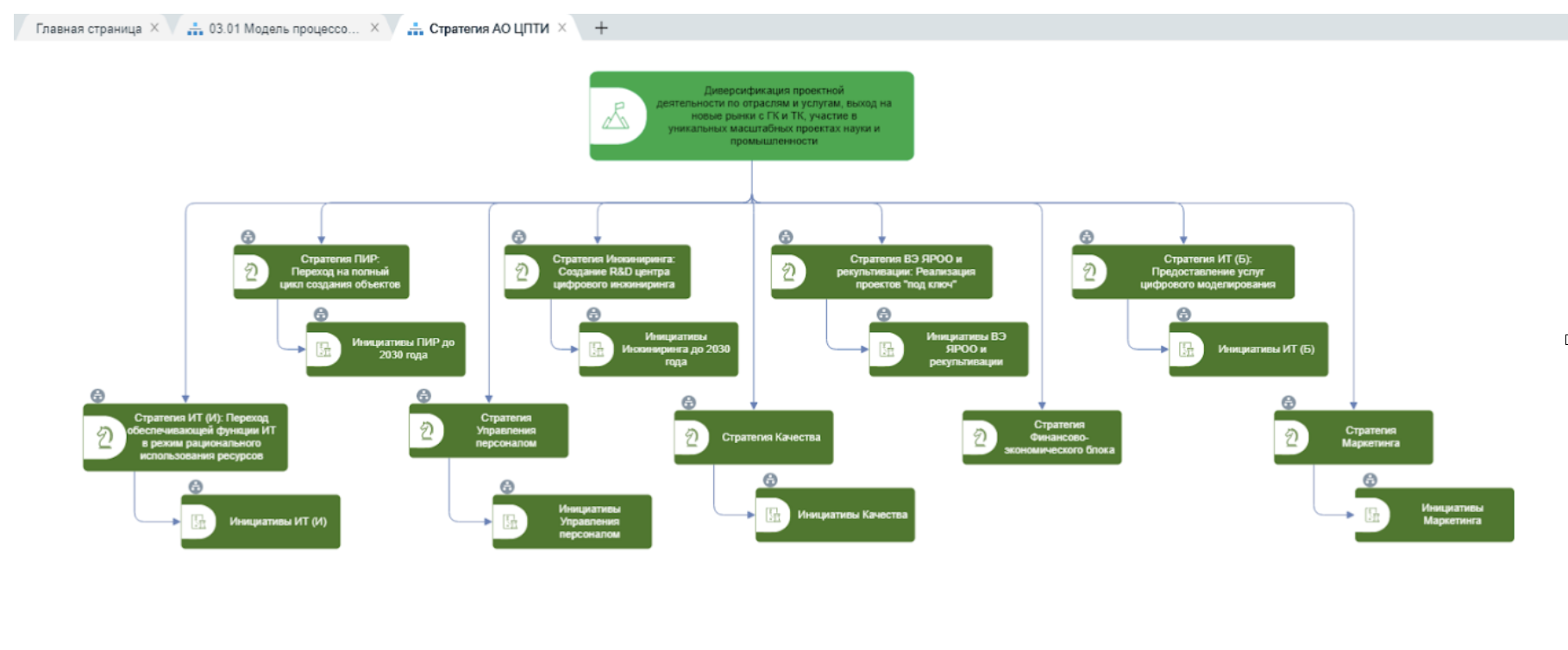
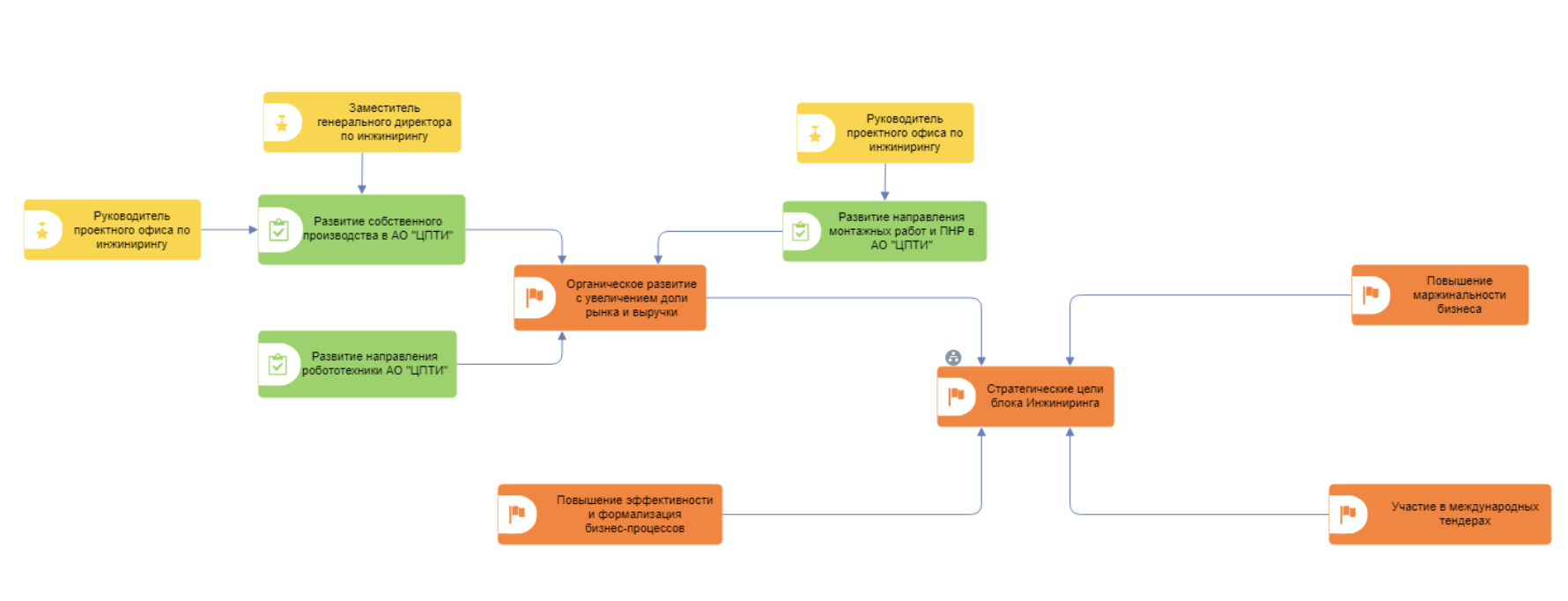
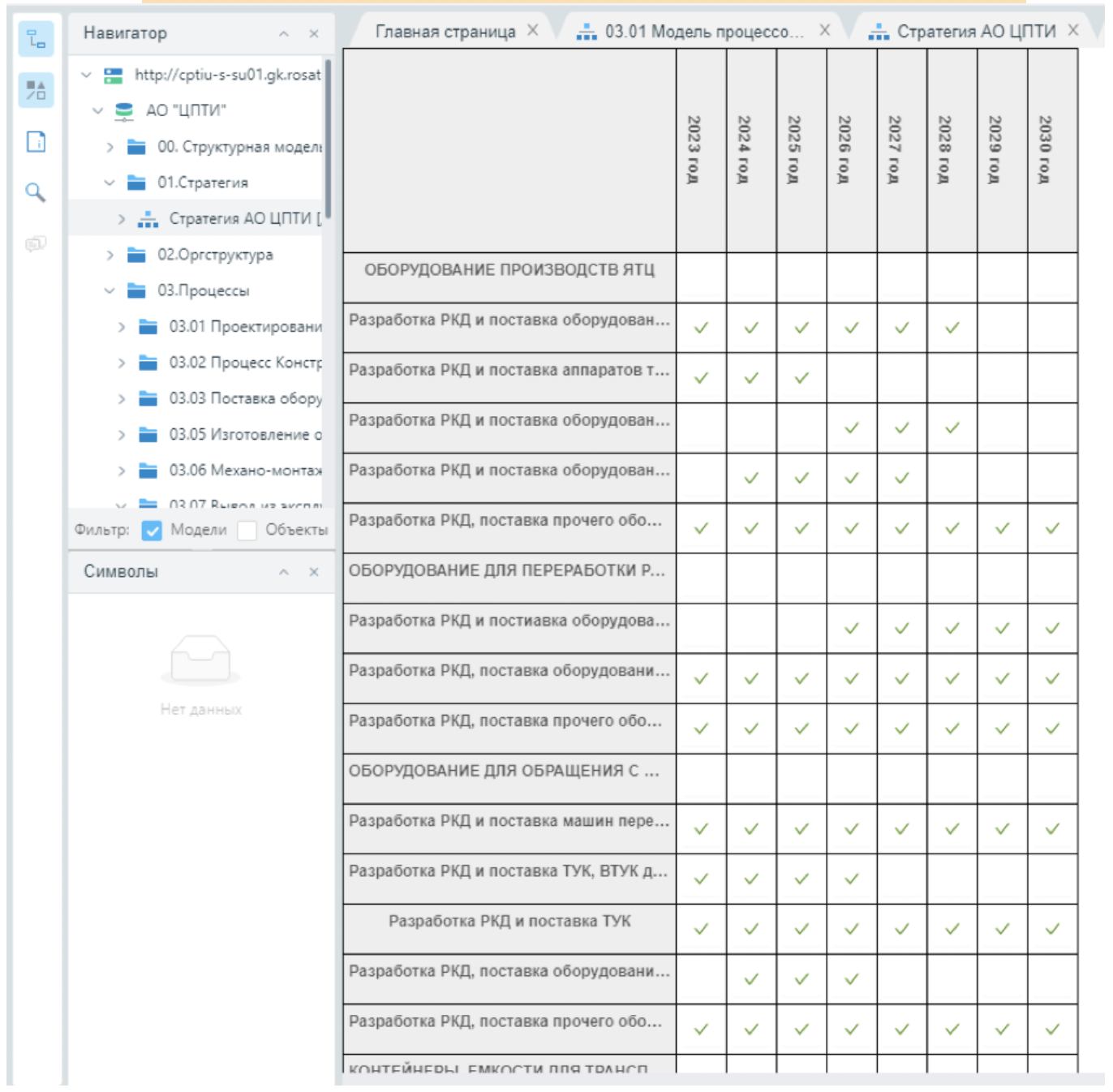 Organizational structure (with decomposition of main organizational units and entering data on employees)
Organizational structure (with decomposition of main organizational units and entering data on employees)
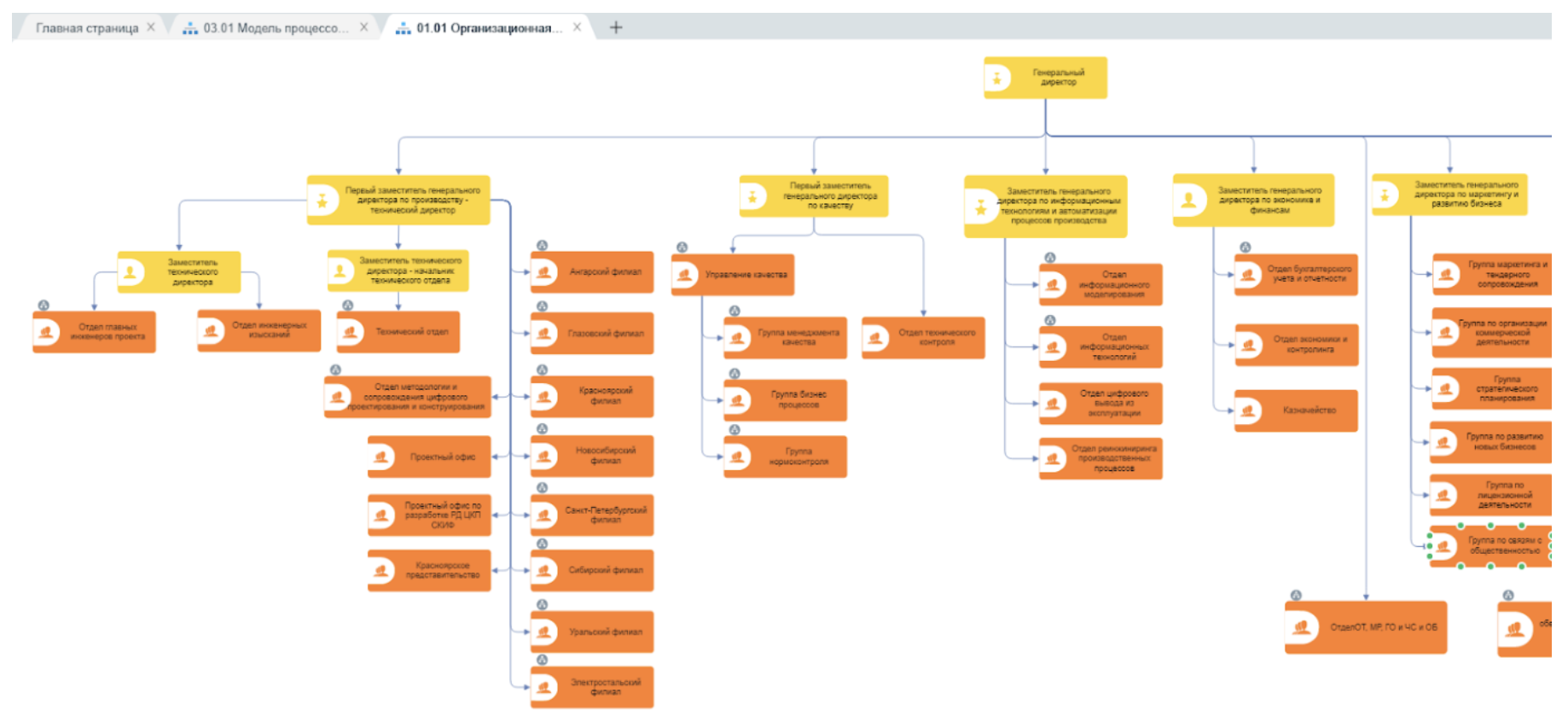 Processes (including responsibility matrices) – top-level model, process environment model, subprocess model, decomposition of subprocesses into an event-functional scenario model
Processes (including responsibility matrices) – top-level model, process environment model, subprocess model, decomposition of subprocesses into an event-functional scenario model
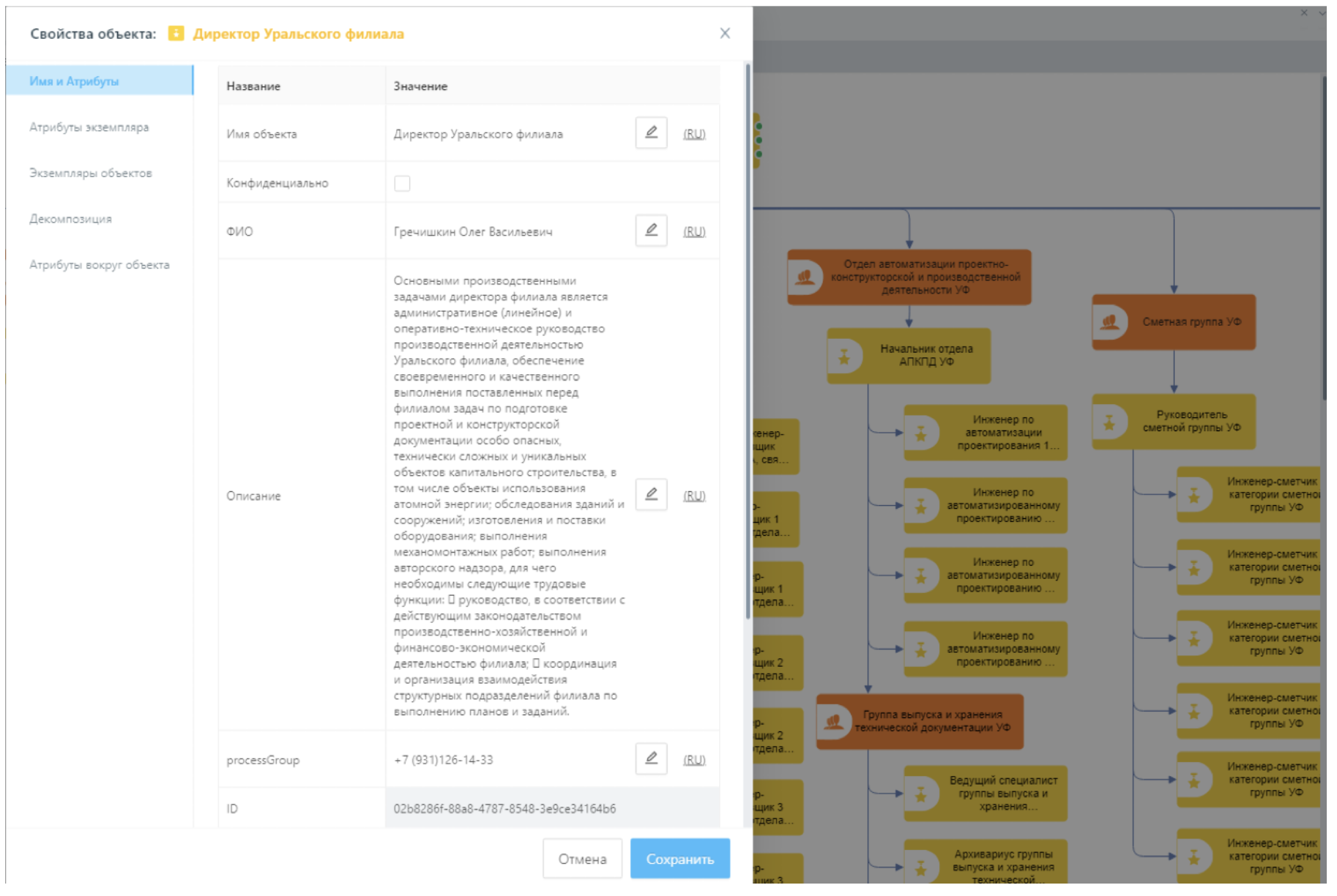
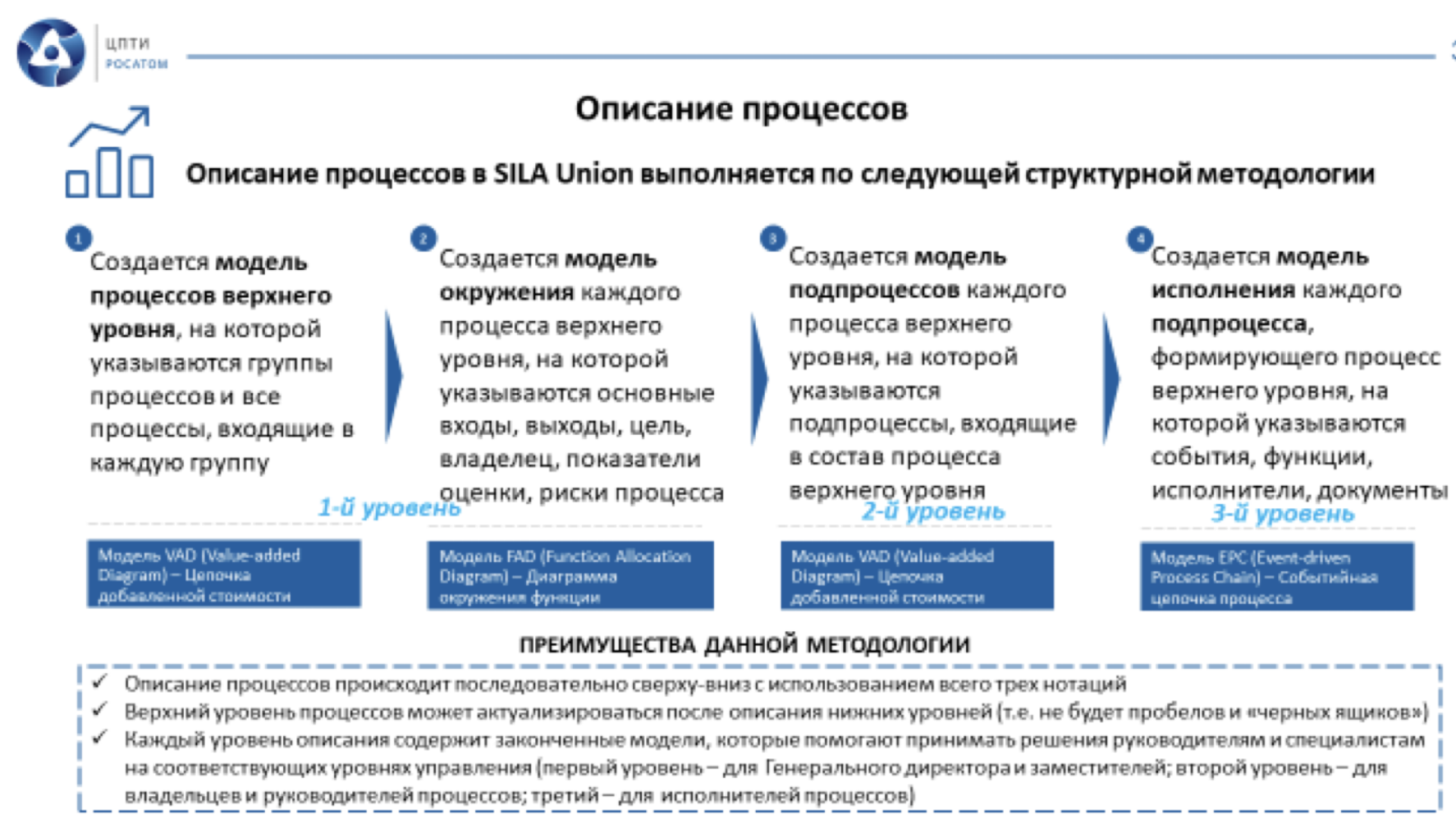
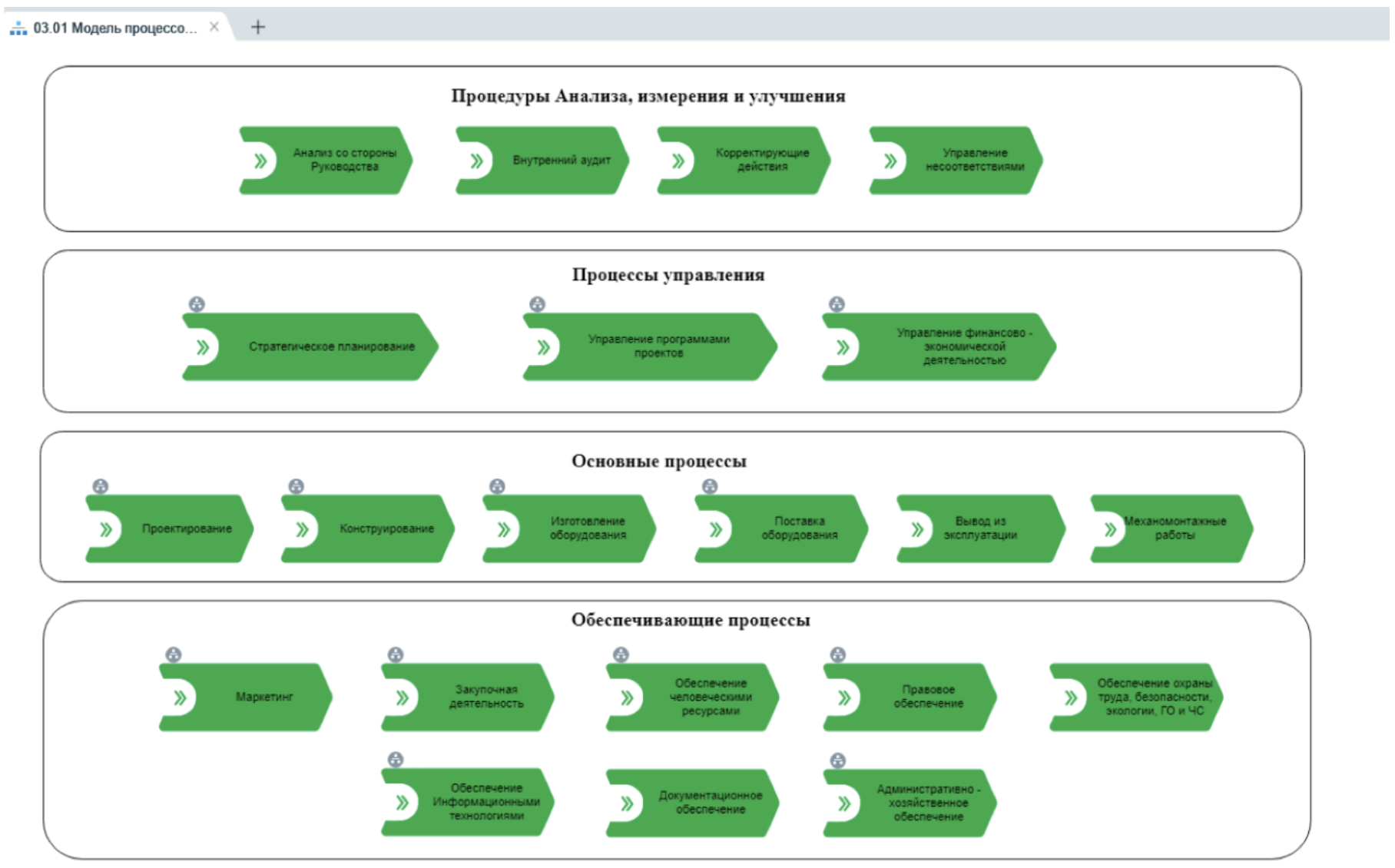
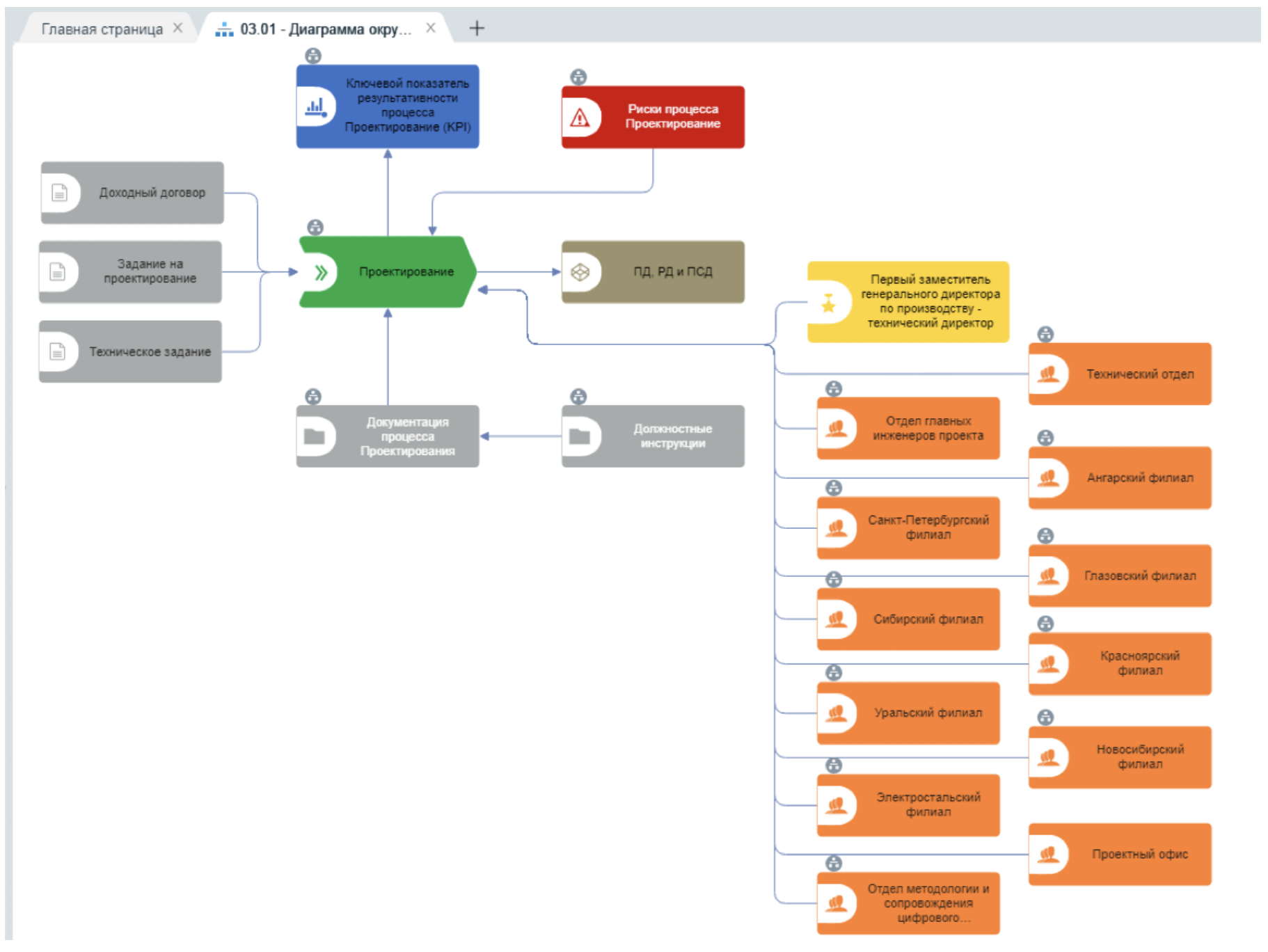
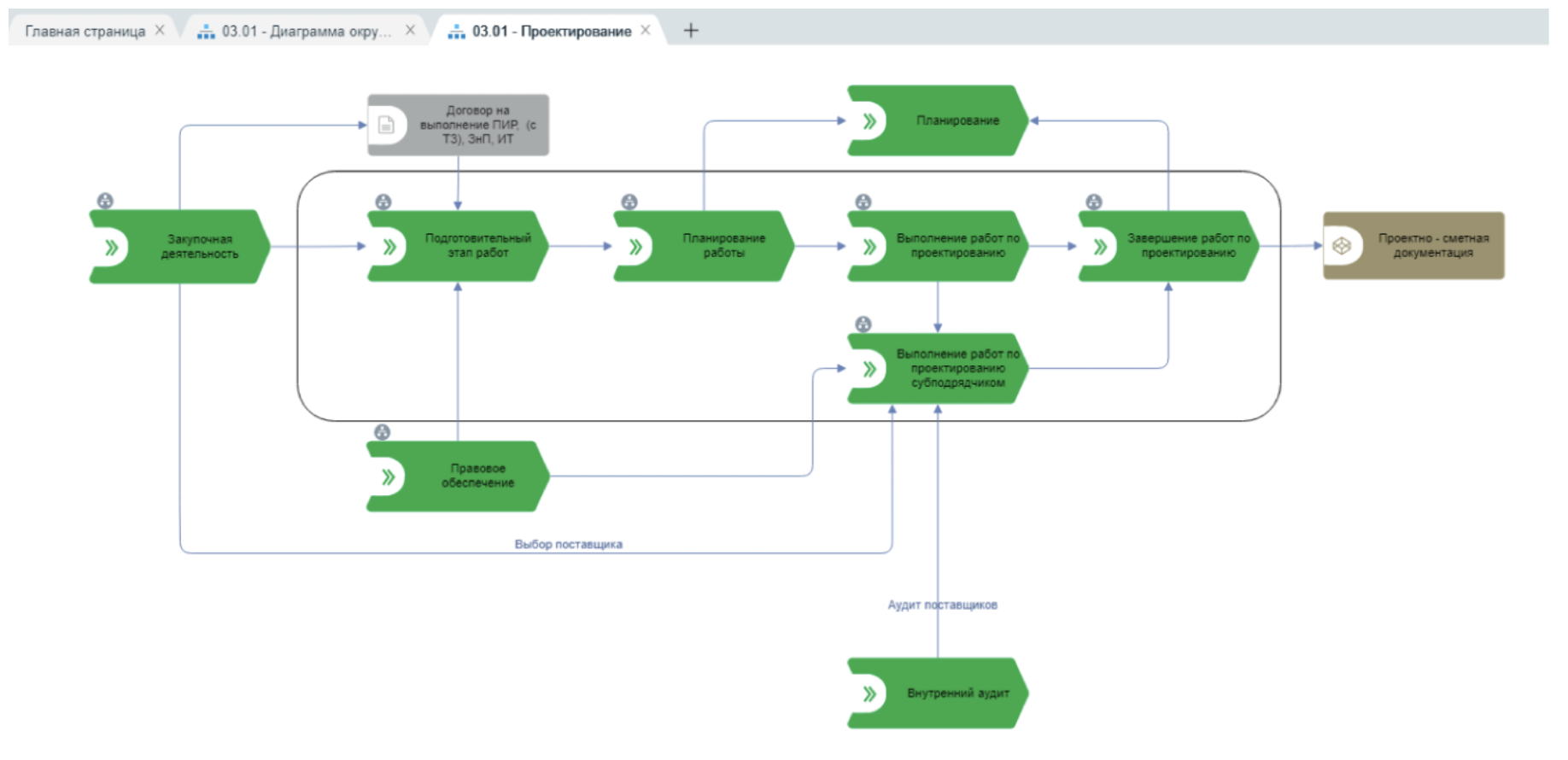
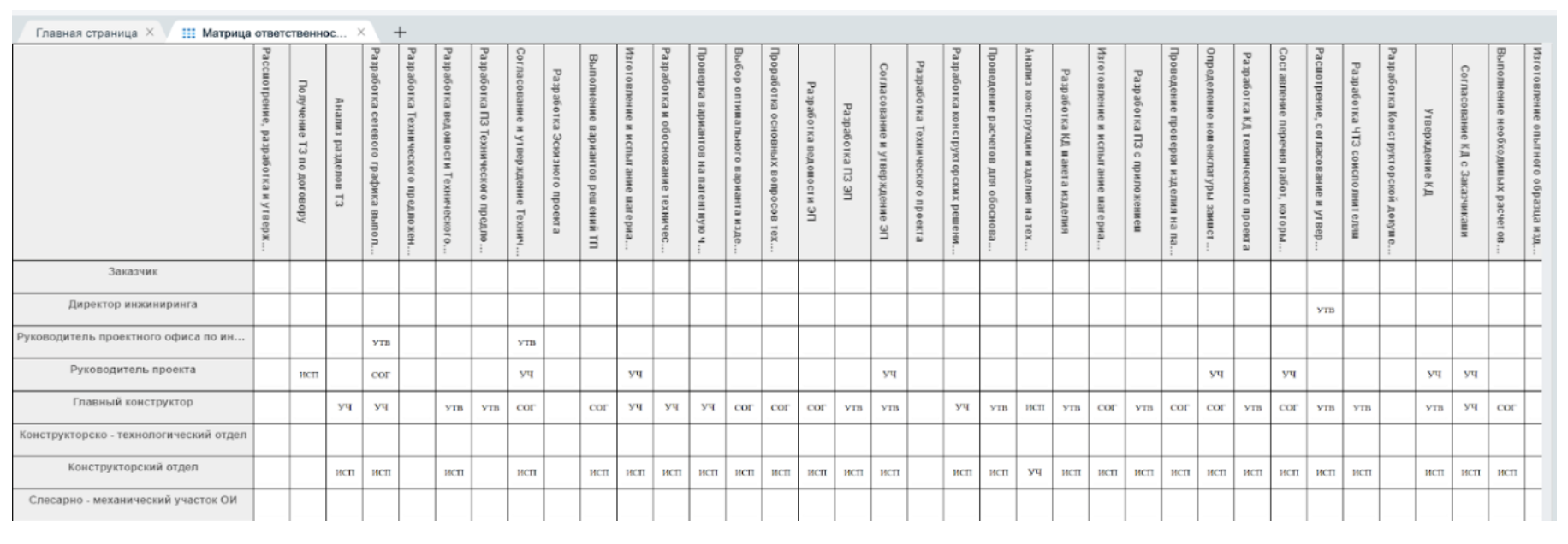 Process indicators (with decomposition)
Process indicators (with decomposition)
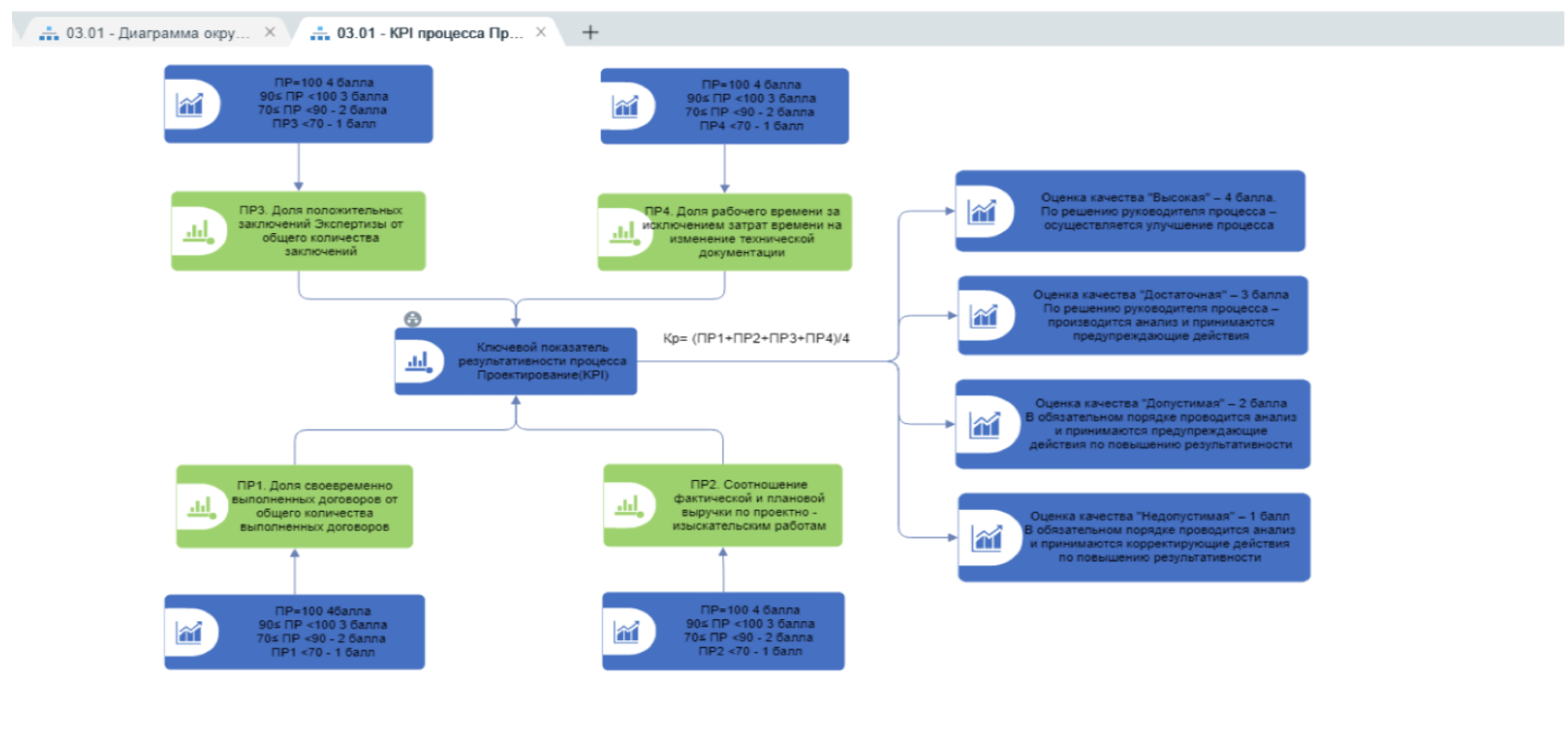 Risks of processes with decomposition by categories (including measures to reduce risks)
Risks of processes with decomposition by categories (including measures to reduce risks)
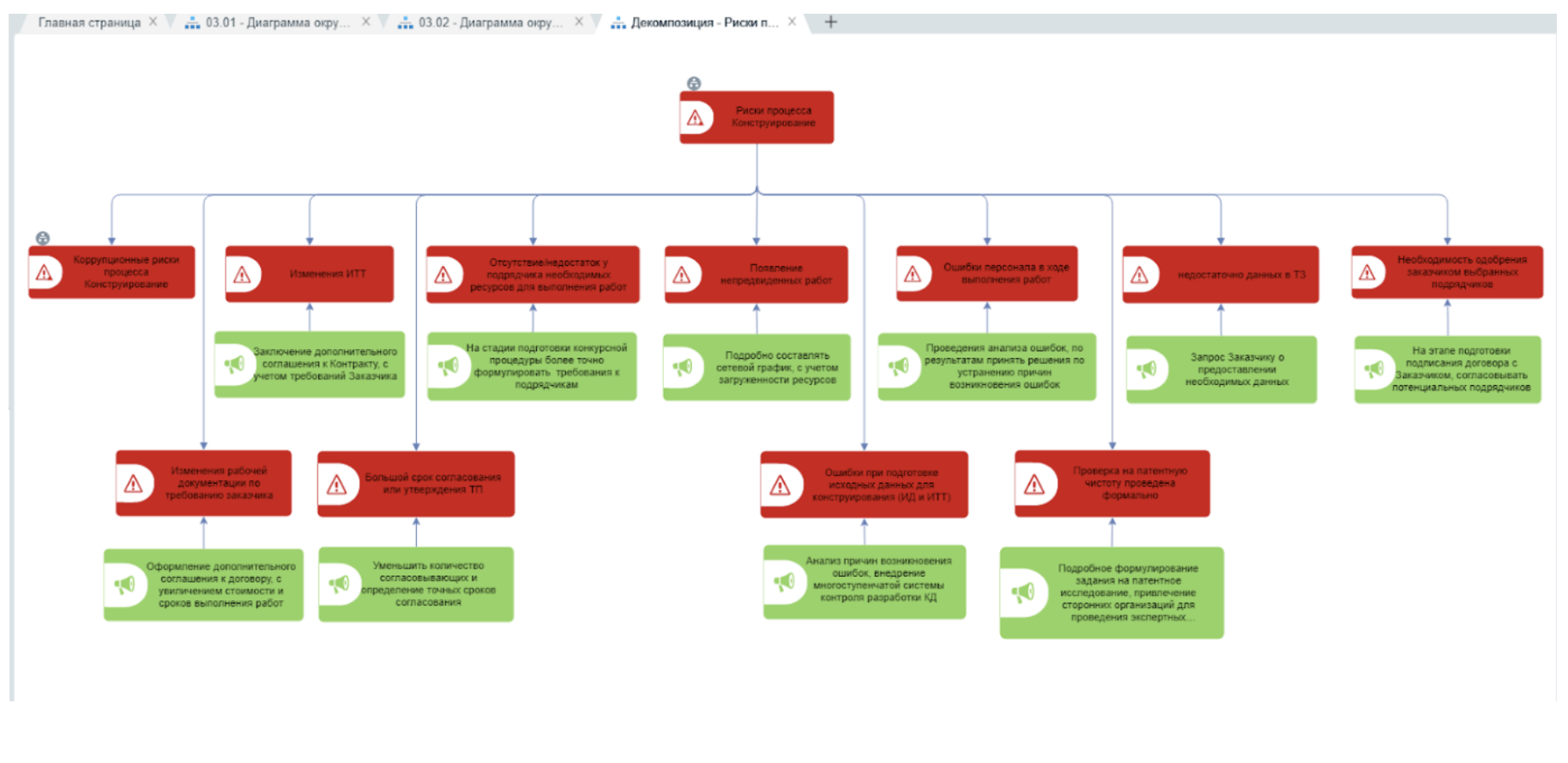 Documentation of processes (including decomposition by types and categories of corporate documents)
Documentation of processes (including decomposition by types and categories of corporate documents)
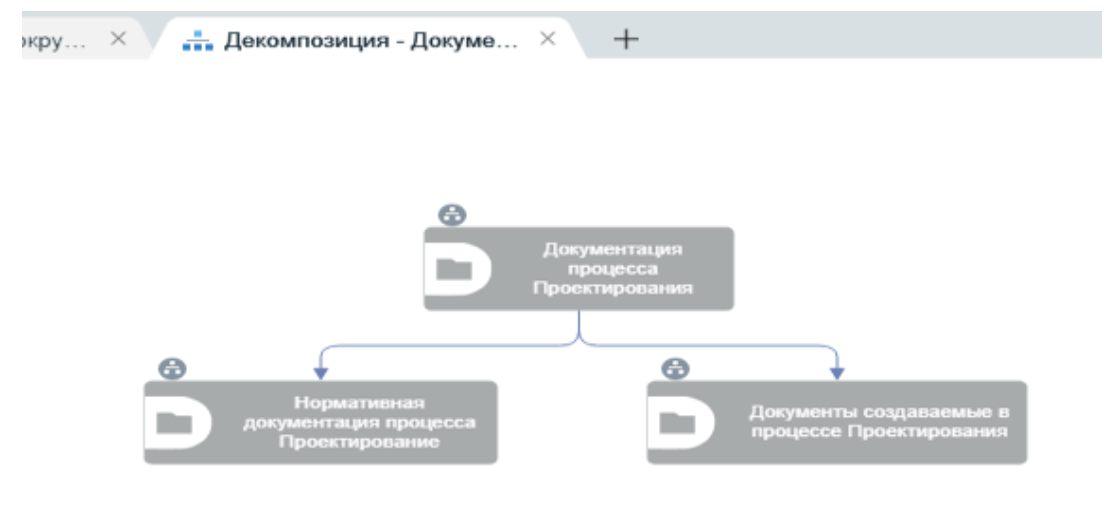
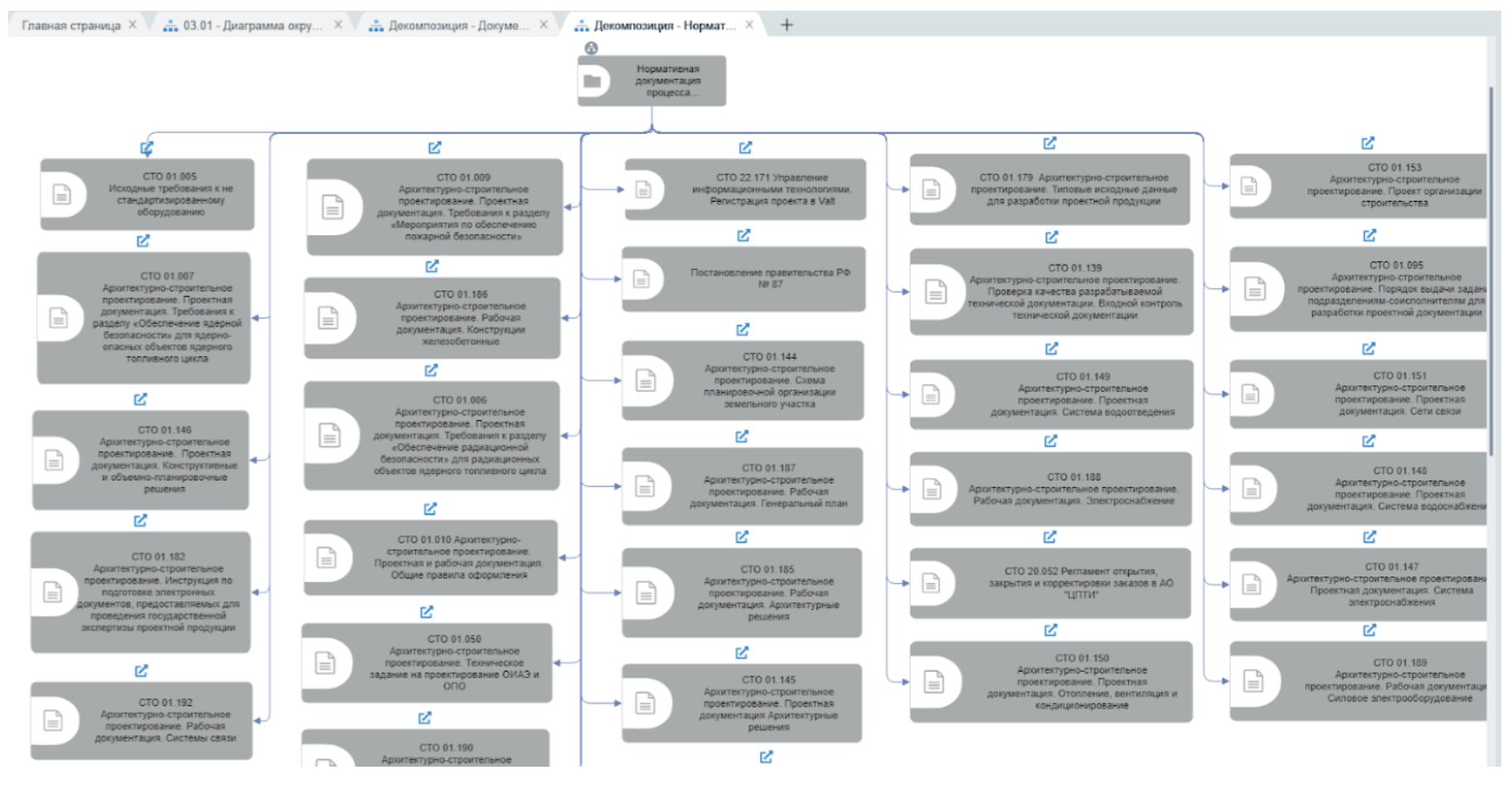
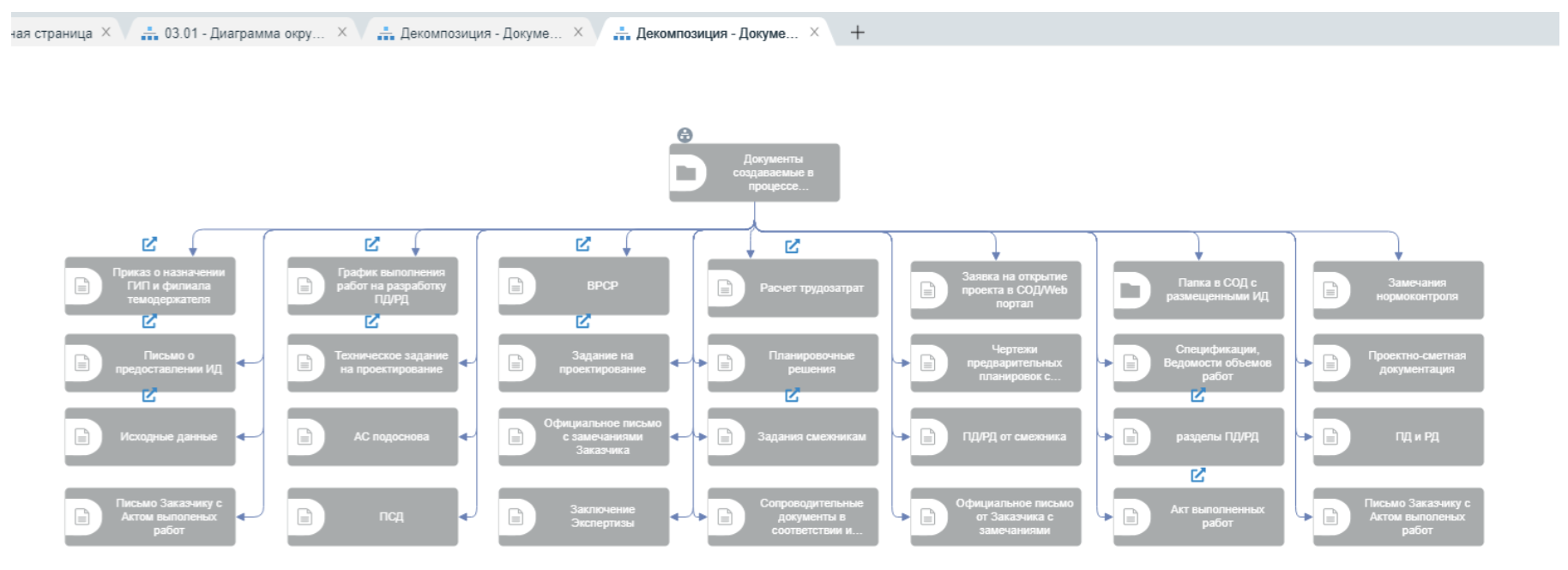
Results
As a result of the project implementation, a digital twin of the pilot process was created in SILA Union software, allowing:
Ensure transparency in the distribution of responsibilities and performance of labor functions (it is clear who and how performs the work within the pilot process and what actual results are achieved); Determine the limits of responsibility of the owner and performers of the pilot process; See the intersection of areas of responsibility and authority, duplication of functions, unnecessary actions; Obtain models of the actual state of the pilot process, which can be used to improve its implementation in conjunction with corporate strategy and strategic development initiatives; Determine indicators for monitoring the implementation of the pilot process and the activities of its participants; Propose measures to improve the organization and execution of the pilot process (for example, to reduce time and improve the quality of individual functions).